Plasma printing pre-treatment contributes to increased print resolution with conductive nano inks on flexible polymer substrates.
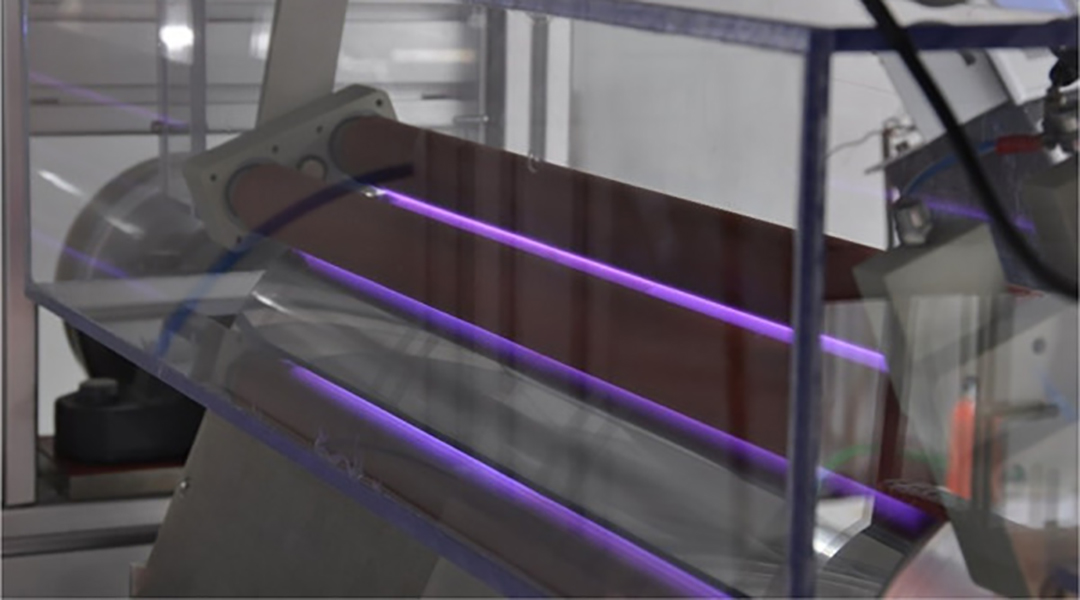

Plasma printing pre-treatment contributes to increased print resolution with conductive nano inks on flexible polymer substrates.

An on-chip multi-wavelength IR sensor that can measure the thermal spectrum of matter.

The 25th Single Molecule Workshop brought together renowned researchers with young scientists in Berlin to discuss and exchange latest results in the field.
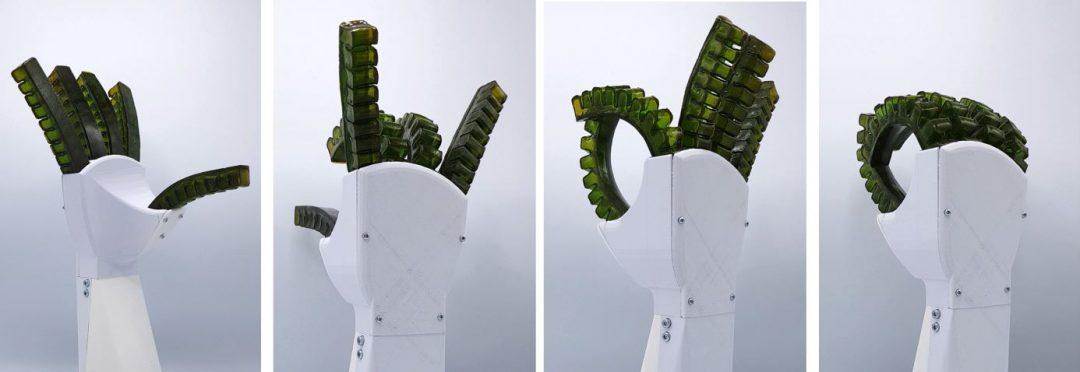
A joint European project plans to create a soft robot made from a self-healing material, which can detect and localize a damage like a pain.
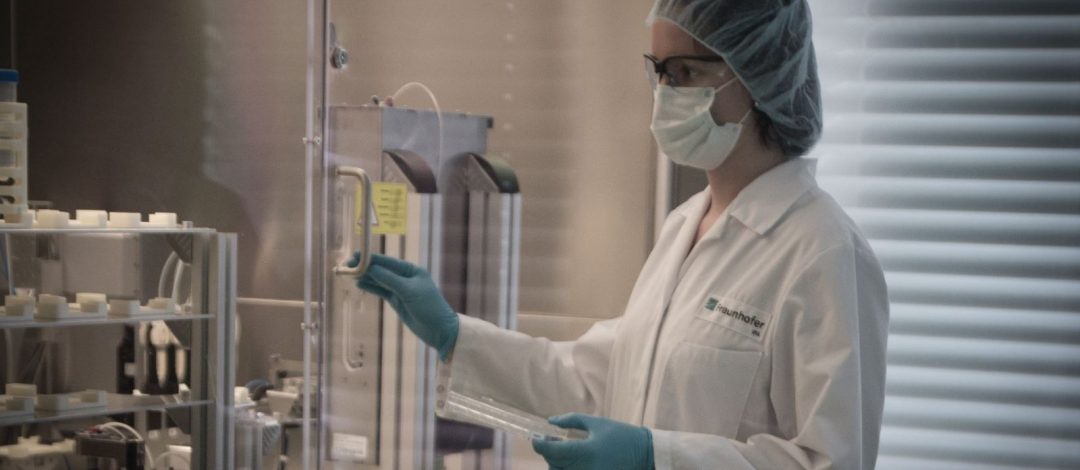
German researchers are developing a technology that produces cell-based biosensors that could give machines a sense of smell.
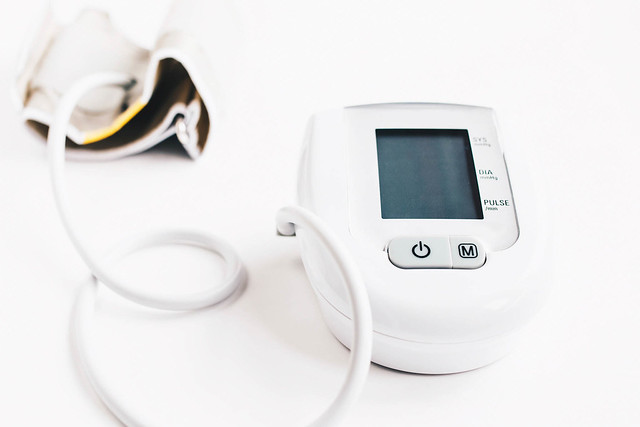
A new skin-mounted sensor uses the skin itself as a floating electrode, enabling low-power health monitoring and doubles as an electroluminescent display.

Body area networks based on near-field communication technology allow for inconspicuous medical sensing.
![Monitoring Marine Creatures in the Deep Sea [Video]](https://www.advancedsciencenews.com/wp-content/uploads/2019/08/Cover-for-use-on-title-slide.jpg)
Non-invasive wearable devices are designed for biologging species in underwater environments.

A fully printed, wireless, stretchable, implantable biosystem that offers batteryless, real-time monitoring of cerebral aneurysm hemodynamics is developed.
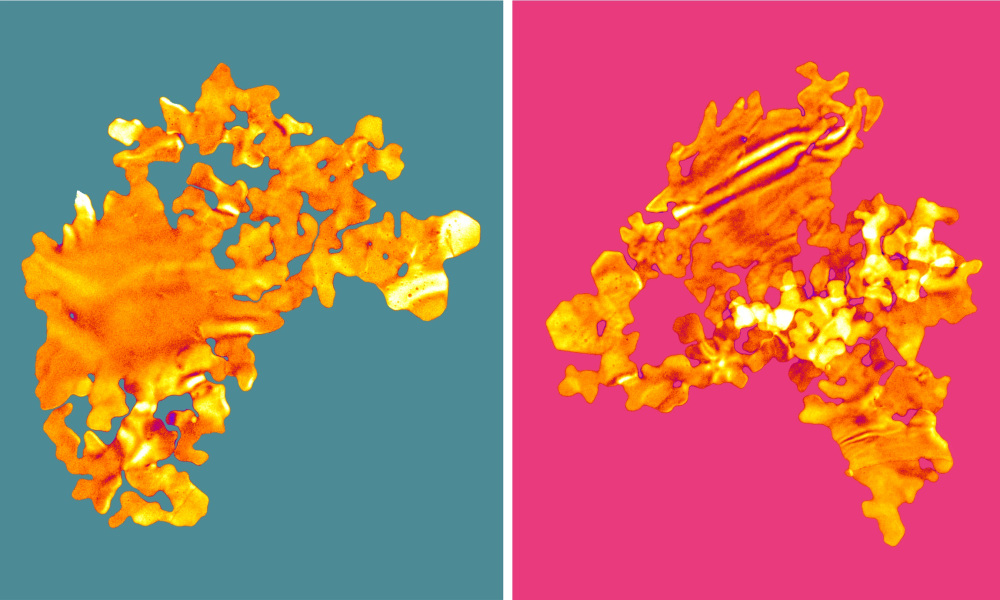
Gold “nanoseaweeds” exhibit high efficiency as heterogeneous nanocatalysts and peroxidase-mimicking nanoenzymes.